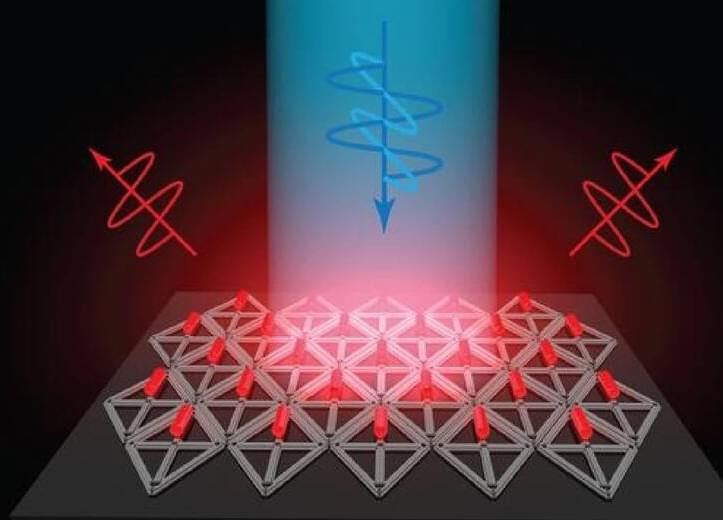They use a process called DNA origami.
This is according to a press release by the institution published on Friday.
TV screens equipped with quantum rods have the ability to generate 3D images for virtual reality devices. Now, MIT engineers have conceived of a way to precisely assemble arrays of quantum rods in the devices using scaffolds made of folded DNA that allow depth and dimensionality to be added to virtual scenes.
Challenges
“One of the challenges with quantum rods is: How do you align them all at the nanoscale so they’re all pointing in the same direction?” said Mark Bathe, an MIT professor of biological engineering and the senior author of the new study.









Comments are closed.